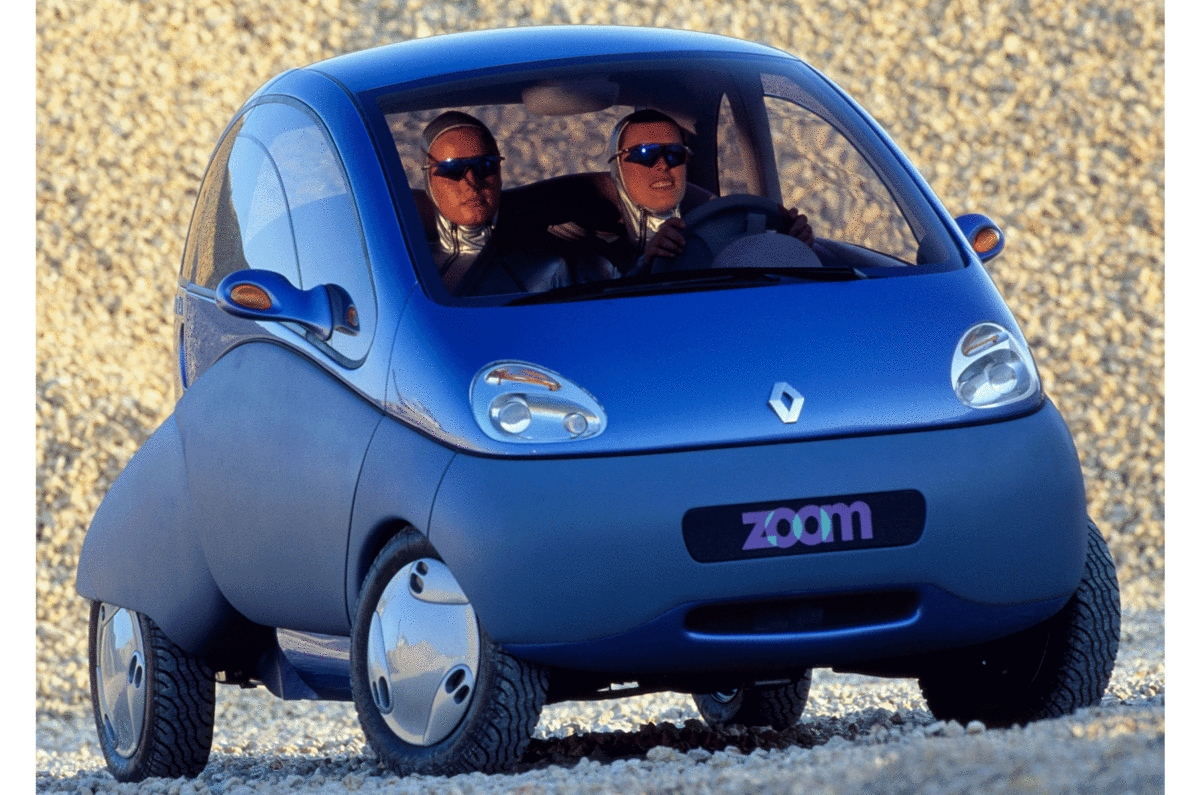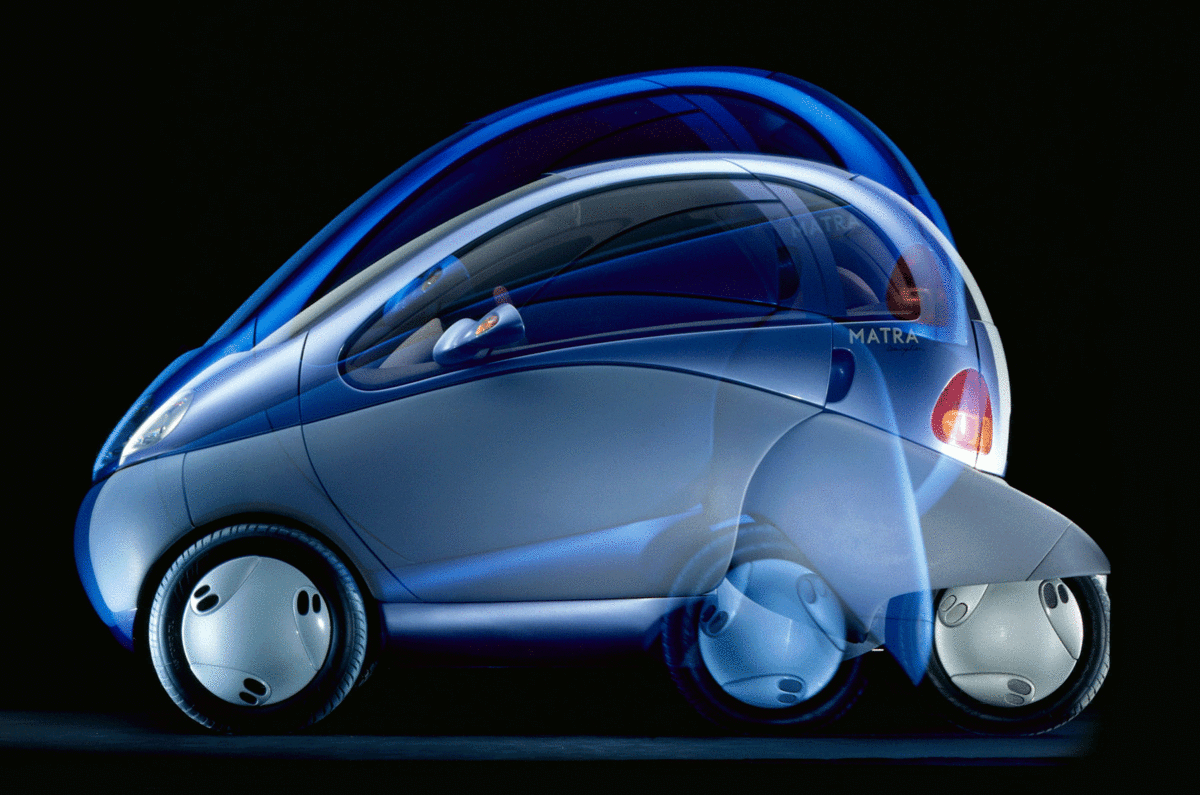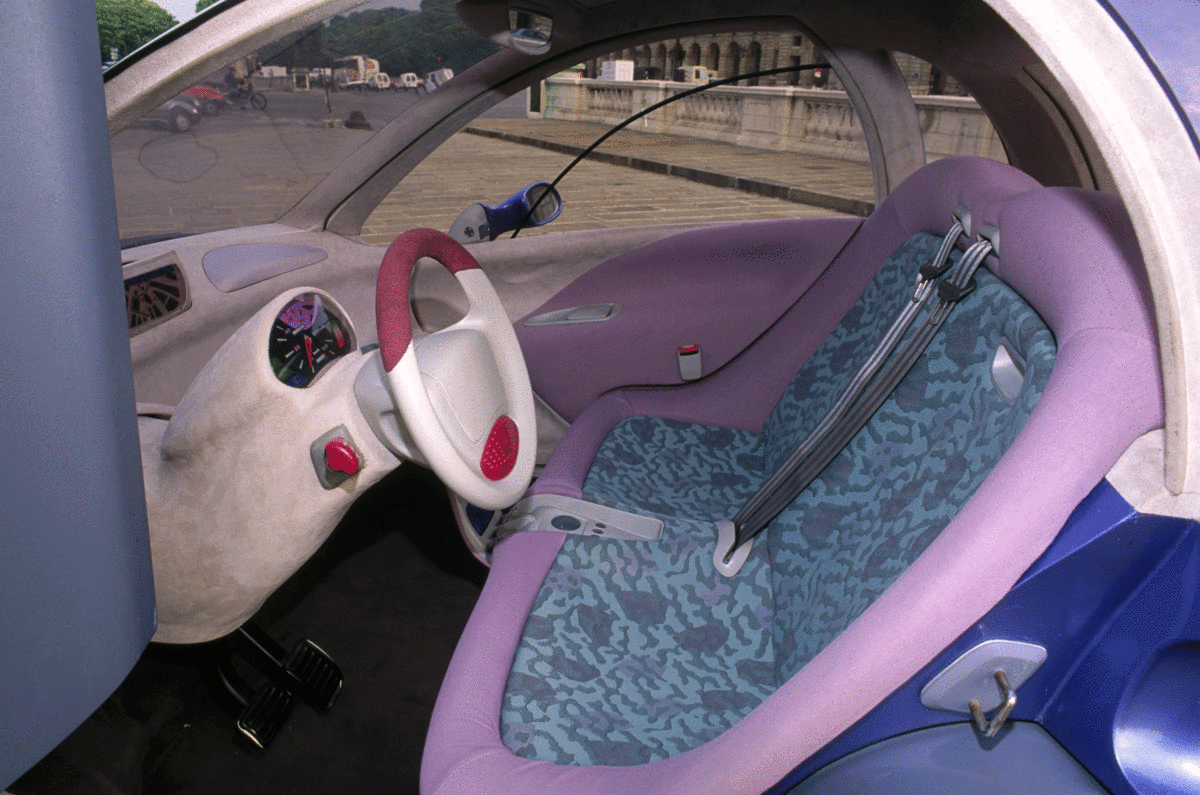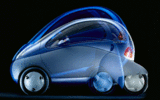At the 1992 Paris motor show, Renault revealed an electric two-seat city car concept called the Zoom.
The quirky creation had been designed in collaboration with Matra, a French car maker that had been around since 1962 but not made a car bearing its own name for almost a decade.
Instead, its Romorantin factory was busy building the Renault Espace, newly in its second generation. This large MPV, launched in 1984, had proved a huge success and caused a revolution across the market.
Matra was known for its quirky ideas – its Bagheera sports car had three front seats and its Rancho was the first crossover, decades ahead of its time – and the Zoom was no different.
You see, the length of the Zoom could be adjusted – coincidentally, like the Renault Morphoz concept that was intended to be shown at Geneva this year. Unlike that big crossover, however, the Zoom could not be extended but shortened by 350mm, with the body tilting upwards and the wheelbase contracting to make parking easier.
That was perhaps a little bit of overkill, you might argue, given that the car was a mere 2650mm long anyway – shorter than the original Mini.
The Zoom was "Renault's response to chronic urban congestion," Autocar reported on 26 August 1992. "It's said that a third of all cars in Paris at lunchtime are looking for a parking space. The Zoom driver would stand a better chance of getting his dejeuner than most."
The plastic shell of the Zoom, which could rebound into place if damaged, sat atop an aluminium frame and was powered by a 60bhp synchronous electric motor on the front axle, yielding a 0-62mph time of less than 6.0sec and a top speed of 75mph.
It had a nickel-cadmium battery (the ubiquitous lithium ion type of today had not yet become commonplace), giving it an urban range of 90 miles – pretty impressive, actually. A 0-80% charge would take just two hous.
Despite its microcar looks, the Zoom was fitted with 'proper car' safety features, including an airbag, anti-lock brakes, side impact bars and a "new design of seatbelt".
"The Zoom is part of the French government's £50 million scheme to put fleets of electric cars into 10 French cities. Both the Renault and Citroën's Citela electric car depend on the French electricity board providing a network of public recharging stations.
Mirroring the new Citroën Ami of 2020, "the cars would be available for commuters to rent. Drivers would simply slot in a credit card and drive off, leaving the car at any number of designated charging stations."
Sadly, this scheme never came to fruition. And although, as promised in our 1992 article, Renault did team up with Siemens to produce an Elektro Renault Clio, this never reached proper production.
Instead, we had to wait until 2011 for the first 'real' electric Renault – the Fluence ZE saloon. Again, this seemed like a good idea, but its 'battery swap' scheme never worked, its range was pitiful and consequently very few were sold.
Things didn't work out for Matra, either, largely because of the abject failure of the bizarre Renault Avantime, essentially a more luxurious, two-door version of the Espace.
Brighter times were just around the corner, though, with the brilliant Renault Zoe, a bespoke, Clio-sized electric hatchback that has now been on sale for eight years. After a recent regeneration, it's still going very strong; in fact, it's the best-selling electric car in Europe.
We should also mention, of course, that the Zoom concept did in a way come to fruition – just 20 years later and in the form of the Renault Twizy, a doorless quadricyle with a 56-mile range...
READ MORE
From the archive, 1981: Soviet dream machines
From the archive: 1905: The AA is formed to help drivers evade speeding fines









Add your comment